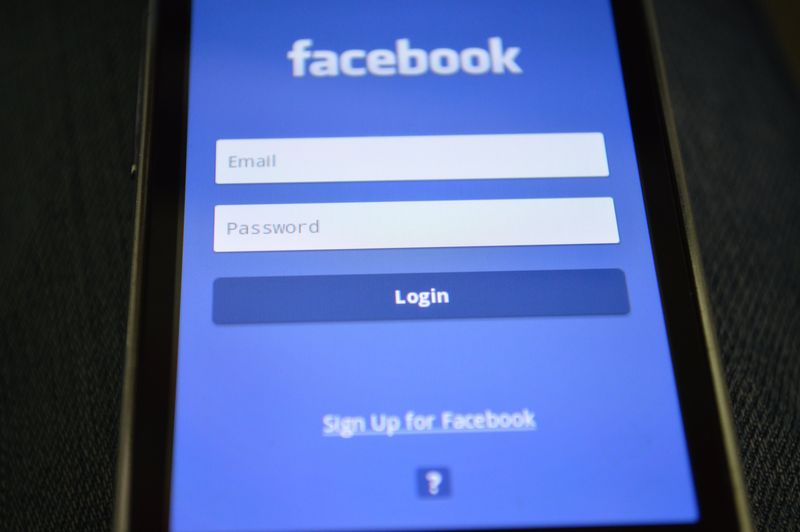Government White House, FCC advance efforts to add security labels to connected devices
Introduction
The White House and the Federal Communications Commission (FCC) have announced a new cybersecurity certification and labeling program aimed at improving the security of connected home devices. With the increasing popularity of smart devices and the vulnerability they pose to cyber attacks, this program seeks to establish voluntary industry standards and provide consumers with easy-to-understand security labels for their devices. This report will discuss the importance of such a program in addressing lax industry security standards, the potential impact it may have on consumer behavior and product manufacturing, and the challenges the program may face in implementation.
Addressing Lax Industry Security Standards
Smart devices, ranging from baby monitors to fitness trackers, have become popular targets for hackers due to lax industry security standards. The Biden administration recognizes the risks posed by adversaries and the need to protect the devices individuals rely on. The cybersecurity certification and labeling program, called the U.S. Cyber Trust Mark, aims to turn around the current state of industry security standards and enhance the security of connected home devices. By applying voluntary cybersecurity guidelines, including unique and strong default passwords, data protection, software updates, and incident detection capabilities, the program intends to address the vulnerabilities that hackers exploit.
The U.S. Cyber Trust Mark Program
The U.S. Cyber Trust Mark program will label devices that meet the program’s cybersecurity guidelines with a shield logo. This logo will include a QR code that links to a registry of certified devices and provides security information about the programs. The program draws from the National Institute of Standards and Technology (NIST) cybersecurity recommendations, leveraging their expertise and established guidelines in the field. It aims to establish a similar approach to the Energy Star labeling program operated by the Environmental Protection Agency and the Department of Energy, which promotes energy efficiency in products.
Impact on Consumer Behavior and Product Manufacturing
The labeling program intends to make security labels a desirable feature for consumers and a quality standard for product manufacturers. By providing a recognizable logo that connects consumers to a registry of certified devices, the program aims to empower consumers to make informed decisions about the security of their connected devices. Additionally, by establishing specific cybersecurity requirements for consumer-grade routers and researching cybersecurity labeling requirements for smart meters and power inverters, the program highlights the commitment to comprehensive security measures in the industry.
Manufacturers and retailers, including Amazon, Best Buy, Google, LG Electronics U.S.A., Logitech, and Samsung, have already announced their support for the program. Their participation in the program signals a commitment to meeting the cybersecurity guidelines and delivering more secure devices to the market.
Challenges and Future Considerations
Implementation Challenges
While the program represents a significant step toward improving connected device security, it is not without challenges. The program’s success rests on industry-wide adoption and compliance, which may require additional incentives or regulations to ensure widespread participation. As the FCC seeks public comment on the program, it must carefully consider the potential liabilities for manufacturers that fail to comply with the established standards. Balancing accountability and encouraging participation will be crucial for the success of the program.
Broader Internet Security Concerns
While the U.S. Cyber Trust Mark program addresses specific vulnerabilities in connected home devices, it highlights the broader issue of internet security. Cyber attacks are not limited to smart devices alone; they can target any internet-connected system or infrastructure. Improving the security of connected devices should be part of a larger conversation about strengthening overall internet security through robust cybersecurity measures, regulations, and user education.
Editorial: Importance of Industry Collaboration for Internet Security
Toward a Secure Future
The U.S. Cyber Trust Mark program is a step in the right direction for improving connected device security. However, achieving a truly secure future requires industry collaboration, government regulations, and user awareness. As technology continues to advance and connect various aspects of our lives, the potential for cyber attacks increases. It is crucial for technology companies, governments, and individuals to prioritize internet security and work collectively to combat emerging threats.
User Education and Accountability
Raising awareness among consumers about the importance of cybersecurity and providing them with the tools to make informed decisions is essential. Consumers should actively seek out devices with reliable security labels and demand better security standards from manufacturers. Additionally, industry trade associations and government bodies should invest in educational campaigns to promote safe online practices and cybersecurity awareness.
Continued Innovation and Regulation
As technology evolves, so do the tactics used by adversaries. It is crucial for industry leaders to continue innovating and improving security measures to stay one step ahead of cyber threats. This, however, should be complemented by regulations that set minimum security standards and hold manufacturers accountable for delivering safe products to consumers. A combination of innovation, regulation, and collaboration is necessary for a secure digital future.
A Global Effort
Cyber threats transcend borders, and achieving internet security requires a global effort. Governments, international organizations, and industry leaders must collaborate to establish international standards and regulations that promote cybersecurity. Sharing best practices, intelligence, and resources will enhance collective defense against cyber threats and protect users globally.
Conclusion
The U.S. Cyber Trust Mark program represents a significant step toward improving the security of connected home devices. By establishing voluntary cybersecurity guidelines and providing clear security labels, the program aims to empower consumers and encourage manufacturers to prioritize device security. However, to achieve a truly secure future, industry collaboration, government regulation, and user education must be prioritized. Only by working together can we adequately address the ever-evolving threat landscape and ensure the safety and security of the connected world.

<< photo by Vansh Benani >>
The image is for illustrative purposes only and does not depict the actual situation.
You might want to read !
- The Growing Threat: Cybercriminals Exploit WooCommerce Payments Plugin Vulnerability to Hijack Websites
- Understanding the Scope and Impact: Analyzing JumpCloud’s Security Breach
- How Can Binarly Help Strengthen Firmware Security for Startups?
- “The Dark Side Exposed: Owner of BreachForums Admits Cybercrime and Child Pornography Crimes”
- White House Struggles to Overcome Roadblocks in Implementing Cybersecurity Strategy
- The Evolving Landscape of Cybersecurity: Unveiling the White House’s National Strategy
- Cybersecurity Strategy in Action: Examining the White House’s Implementation Plan
- The Psychology of Data Breaches: Fear Takes the Lead
- “Unmasking the Invisible Threat: Cybercrime’s Year-Round Reign”
- Revealing the Deep-Rooted Intrusions of Shuckworm in Ukrainian Organizations
- Exposed and Vulnerable: The Alarming Presence of Internet-Connected Devices in US Agencies
- The Importance of Cybersecurity in Connected Devices: Analyzing the $5.8 Million FTC Settlement with Amazon Ring.
- Transforming Cybersecurity Strategy: Eliminating Silos and Strengthening Defenses
- The Rise of Startups Addressing Machine Learning System Security and Automation Vulnerabilities




